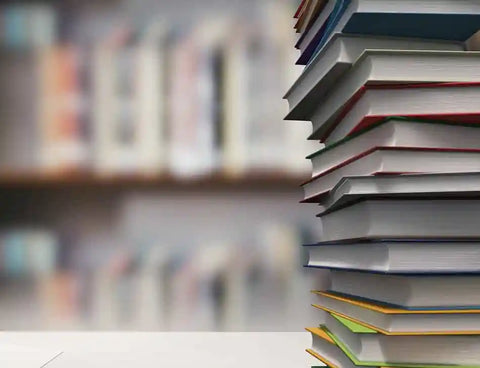Revising a Thesis or Dissertation Abstract and Visual Aids for Publication
As you start to develop an article from the research and writing you have done for your thesis or dissertation, you will ideally already have designed some tables and figures for that longer document and perhaps drafted or even perfected its abstract. If so, these pieces of work will make excellent beginnings for similar parts of your article, but since your paper will almost certainly deal with only selected aspects of your thesis or dissertation, the abstract, tables and figures you use in it will need to be more focussed as well.
Before you begin writing the abstract for your article, be sure to check the author guidelines of the journal to which you hope to submit your paper, paying careful attention to the instructions regarding abstracts. The length and structure of the abstract required for your paper may be very similar to those of the abstract for your thesis or dissertation, but even if you are able to use aspects of your thesis or dissertation abstract in your article abstract, they should be carefully rewritten to reflect as concisely as possible the exact contents of your paper. Keep in mind that the abstract tends to be the first part of a paper read by acquisitions proofreaders, as well as the means through which readers first encounter a published article and decide whether or not they want to read it. Each sentence of your abstract should therefore be written with extreme care using precise vocabulary and clear descriptions that communicate with both general readers and those with expertise in your field. An effective abstract is usually proofread and rewritten more than once to ensure that it is error free and successfully presents an engaging and accurate summary of the research it describes, particularly of the most significant findings and conclusions.
Like abstracts, tables and figures are extremely concise formats for communicating large amounts of complex information, so they serve as excellent means of presenting procedures and results in the limited space of an academic or scientific article. They can only succeed, however, if they are carefully designed with not only their content and the guidelines of the journal in mind, but also the needs of your anticipated readers. You may be able to make use of tables and figures you designed for your thesis or dissertation, but changes, whether major or minor, are almost always required. For example, if you presented data from several trials in a large table for your thesis or dissertation, you will need to design a smaller table that includes only the data from the trial or two treated in your article, but if you have already presented the results of your individual trials as separate tables, you may be able to use one or more of them in your paper with very few changes.
Remember that tables and figures must stand on their own while visually communicating the key patterns, trends and procedures of your research, so accuracy, clarity and thoroughness are required when designing their structure and entering and labelling data. Do not make the mistake, for instance, of rendering your tables and figures illegible by crowding too much information into too little space or perhaps neglecting to translate their headings, captions, labels and notes while you are translating your paper from the original language of your thesis or dissertation. The result will compromise your work instead of effectively presenting it to the acquisitions editor you hope to impress and the future readers you hope to reach.
Why Our Editing and Proofreading Services?
At Proof-Reading-Service.com we offer the highest quality journal article editing, dissertation proofreading and online proofreading services via our large and extremely dedicated team of academic and scientific professionals. All of our proofreaders are native speakers of English who have earned their own postgraduate degrees, and their areas of specialisation cover such a wide range of disciplines that we are able to help our international clientele with research editing to improve and perfect all kinds of academic manuscripts for successful publication. Many of the carefully trained members of our manuscript editing and proofreading team work predominantly on articles intended for publication in scholarly journals, applying painstaking journal editing standards to ensure that the references and formatting used in each paper are in conformity with the journal’s instructions for authors and to correct any grammar, spelling, punctuation or simple typing errors. In this way, we enable our clients to report their research in the clear and accurate ways required to impress acquisitions proofreaders and achieve publication.
Our scientific proofreading services for the authors of a wide variety of scientific journal papers are especially popular, but we also offer manuscript proofreading services and have the experience and expertise to proofread and edit manuscripts in all scholarly disciplines, as well as beyond them. We have team members who specialise in medical proofreading services, and some of our experts dedicate their time exclusively to dissertation proofreading and manuscript proofreading, offering academics the opportunity to improve their use of formatting and language through the most exacting PhD thesis editing and journal article proofreading practices. Whether you are preparing a conference paper for presentation, polishing a progress report to share with colleagues, or facing the daunting task of editing and perfecting any kind of scholarly document for publication, a qualified member of our professional team can provide invaluable assistance and give you greater confidence in your written work.
If you are in the process of preparing an article for an academic or scientific journal, or planning one for the near future, you may well be interested in a new book, Guide to Journal Publication, which is available on our Tips and Advice on Publishing Research in Journals website.








